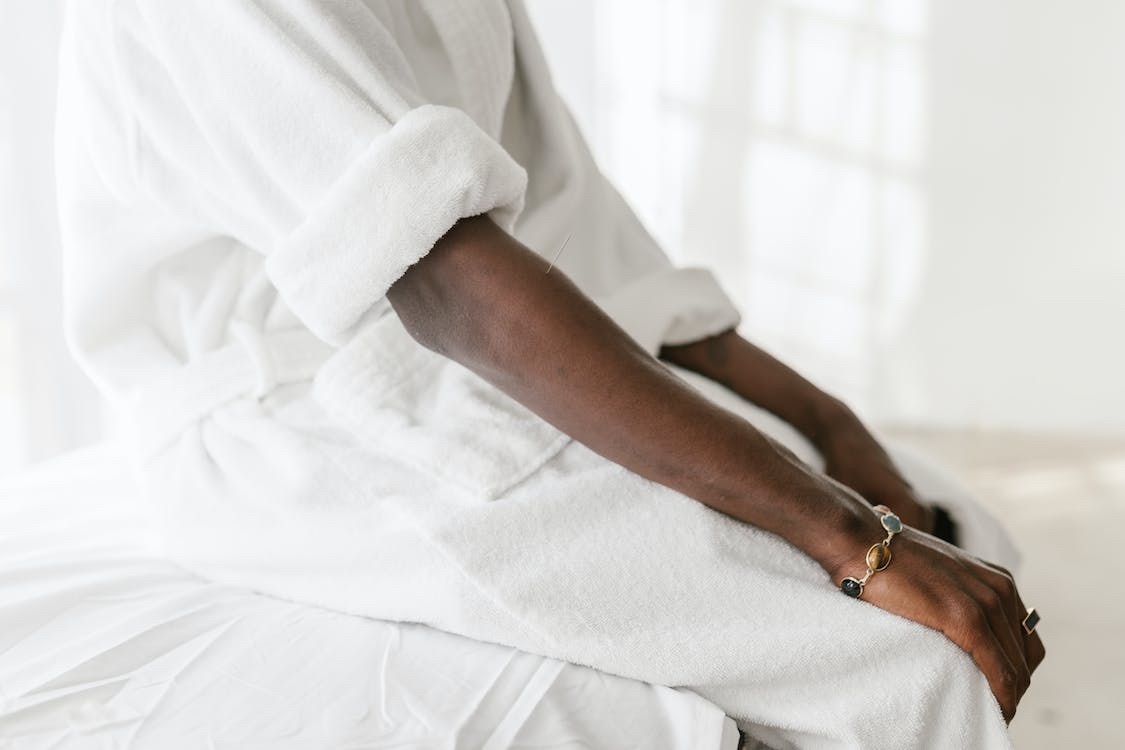Acupuncture treatment has often been surrounded by controversy. Some are extremely pessimistic of the extent to which it is effective in helping to alleviate pain, (if it at all) whilst others sing its praises, finding it helpful.
If you are having trouble with physical aches and pains on a regular basis, you may be considering trying acupuncture. So, what exactly is it, how does it work and what are the benefits associated with it? We tell you everything you need to know about the treatment in this guide.
What is acupuncture?
Traditional acupuncture is based on ancient principles, derived from ancient Chinese medicine, with the aim of restoring the body’s internal balance and a course of acupuncture is intended to create longer lasting pain relief for the patient. It is commonly seen as a form of complementary or alternative medicine CAM, mean that it is a treatment that falls outside of mainstream healthcare.
It is also one of the oldest forms of healthcare available in the world. As previously mentioned, acupuncture largely focuses on restoring the body’s equilibrium. Traditional acupuncture bases its treatment on the notion that a ‘life force’ known as Qi, flows through channels in the body called meridians.
What this means in terms of treatment is that practitioners of traditional acupuncture believe that it is when Qi is unable to flow through the body that people start to become ill. The idea is that acupuncture can restore Qi and therefore restore health to those suffering from ailments.
There also exists Western medical acupuncture. This is typically after having been diagnosed by a practitioner, and the treatment involves stimulating sensory nerves and muscles in the body. By stimulating these under the skin, the body then naturally releases substances such as endorphins. Endorphins are known to have pain-relieving effects.
How does it work?
In a typical session, you will usually be asked to sit or lie down beforehand, and up to 12 points may be used. This can change depending how many symptoms you have.
Sometimes, people report a dull ache or tingle when the needles are inserted but this is normal. When they are fully in place under the skin they will be left in position for up to half an hour, but sometimes this can only be as much as five minutes!
Dependent upon the case and what symptoms you have, you may undergo electroacupuncture. Your practitioner may stimulate or rotate the needles inserted using a mild electric current that pulses through the specific region of the body.
What are the benefits associated with it?
As we have previously mentioned, acupuncture has often been surrounded by controversy, and how beneficial it can be treating illnesses has been disputed. In 2016, the National Institute for Health and Care Excellence (NICE) implemented new guidelines that suggested that acupuncture may not be that effective for those using it to treat sciatica or back pain problems, even going on to say it may not be any better than a placebo.
Furthermore, the same report added that as a result of scientific trials taking place to look at the concrete evidence of the effectiveness of the treatment, that there lacked consistent evidence, but suggested tailored exercise instead.
However, NICE still recommends acupuncture as a treatment for the following conditions:
- migraines
- chronic tension-type headaches
Meanwhile, the World Health Organisation released a report in 2003 which stated a number of illnesses that they save have shown that acupuncture has been effective in alleviating symptoms.
These are:
- Painful periods
- Chemotherapy-induced vomiting and nausea.
- Low blood pressure
- High blood pressure
- Sprains
- Dental pain
- Inducing labour
- Morning sickness
- Allergic rhinitis
- Tennis elbow
- Dysentery
- Peptic ulcers
WHO has also released a list of condition that acupuncture could help with but that more trials and evidence are needed in order to verify their effectiveness.
These are:
- Substance dependence (alcohol or tobacco)
- Stiff neck
- Spinal pain
- Whooping cough
- Fibromyalgia
- Neuralgia
- Certain urinary tract infections
Is acupuncture available on the NHS?
Occasionally is available on NHS and this will most likely be in the form of a referral from a physiotherapist or GP. However, the provision of treatment and access to it is often very limited.
It is usually the case that people tend to go private for acupuncture treatment. Though if you are considering going privately, using acupuncture to help treat a health condition or illness, it is worth speaking to your GP about this prior to treatment to make sure that this will be beneficial.
How much does acupuncture treatment cost?
In terms of cost for acupuncture, it can vary between practices as overheads differ depending on whereabouts in the country you request treatment. Generally speaking, you should look for a practitioner or session that may initially cost somewhere around £40-70, with any subsequent session tending to be lower, between £25-60. A course of acupuncture tends to be recommended over a single treatment, as more sessions tend to lead to longer lasting pain relief.
Many insurance companies also cover the cost of acupuncture treatment if they are BAcC registered.
If you are trying to find an acupuncturist in your area, make sure they are fully qualified. You can search through the British Acupuncture Council website, which lists only those registered and vetted by the Professional Standards Authority.
Should I be worried about any side effects of acupuncture?
Treatment for acupuncture, if done by a qualified practitioner tends to be very safe. Occasionally after acupuncture treatment, people have reported feeling tired or dizzy, but this tends to pass soon after a session. Sometimes people get a small bruise where the needle was inserted into the skin.

